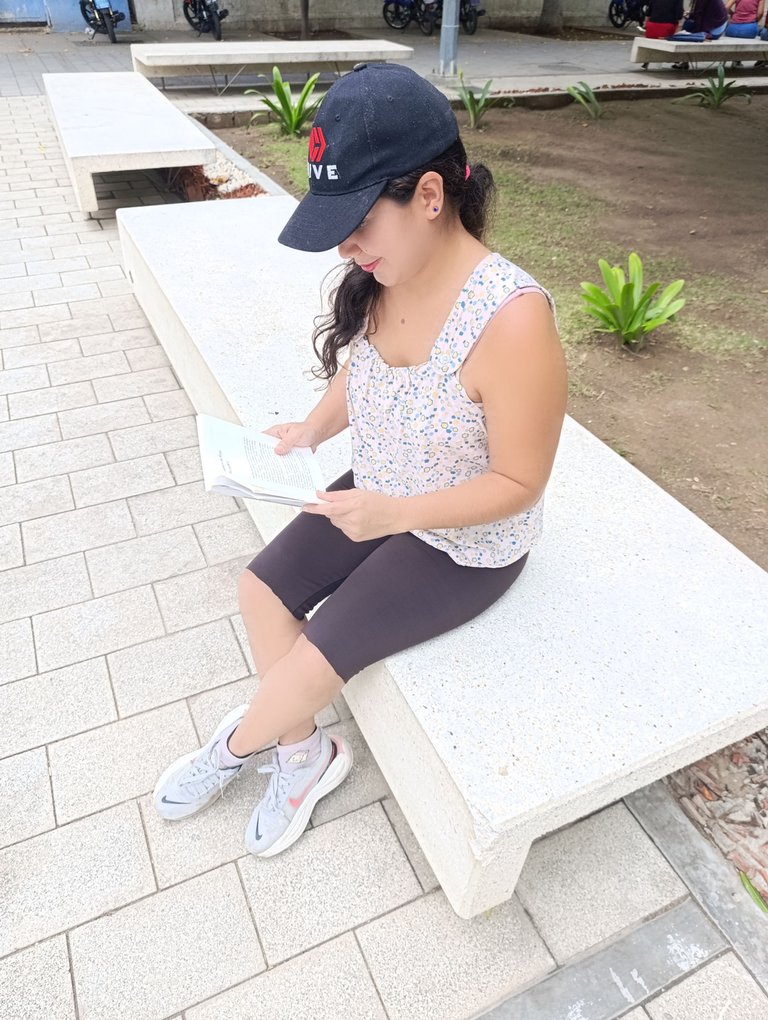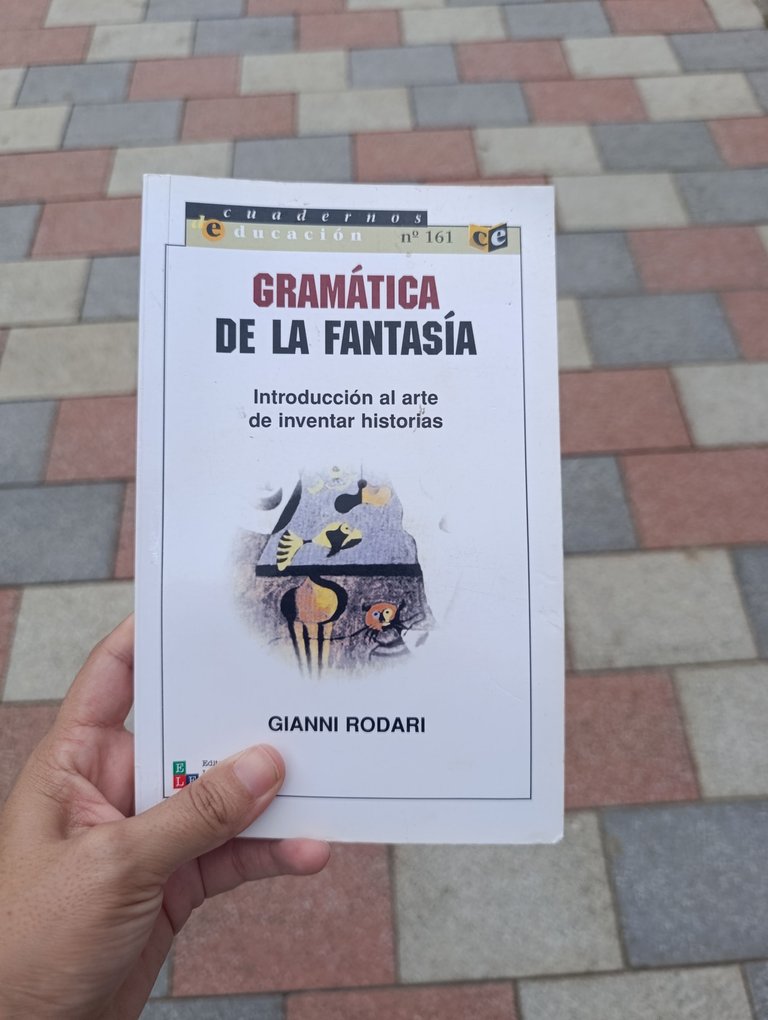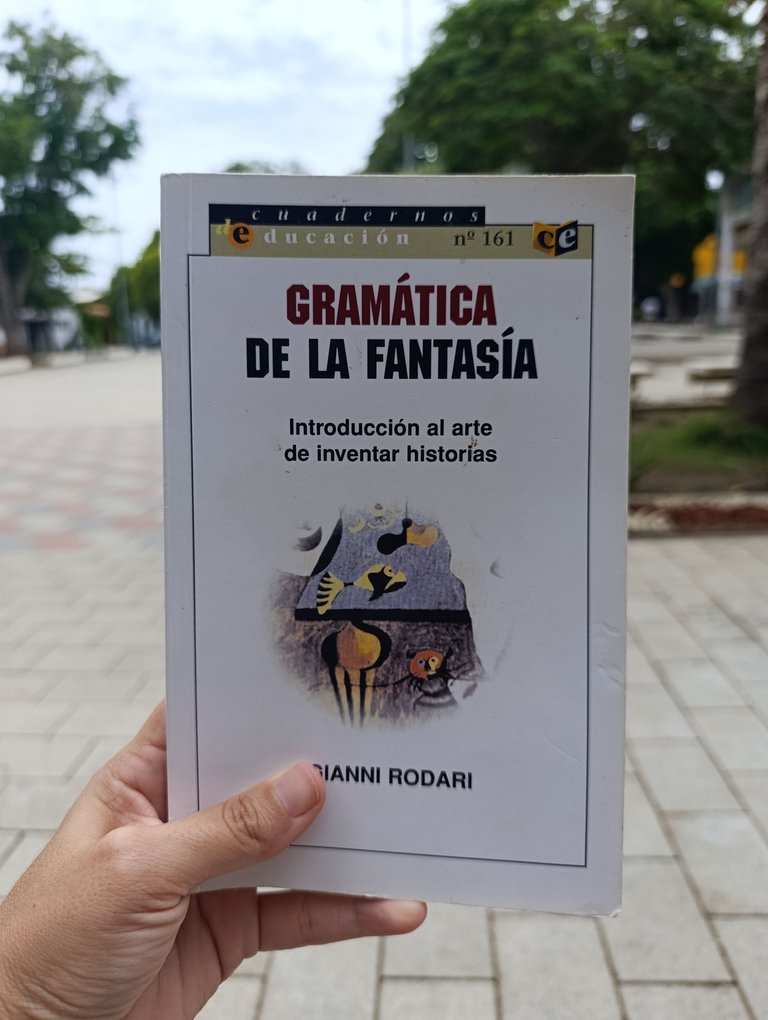The text that concerns me today is Grammar of Fantasy by Gianni Rodari, a book that presents techniques on the art of storytelling. The author offers us his postulates based on his experience as a teacher of children in the Reggio Emilia institution. As the reading progresses, it becomes clear that Rodari is capable of encouraging, through his methods, the fantastic in children's minds.

This book is not only dedicated to educators who teach in kindergartens, but also to those who like to write stories. The author presents literary theories and strategies for storytelling that are equally effective outside the children's field.
According to my criteria, the most representative techniques would be:
- The fantastic binomial, here the principle of opposition is applied. The idea is that the words contrast with each other, so that through the imagination, stories are conceived from two dissimilar concepts. This technique is quite interesting, because it allows to merge ideas that from logic may be far-fetched, but possible in fantasy literature.

-What if", a technique that consists of creating hypotheses from this phrase and, therefore, offers multiple scenarios and possibilities. I remember that in a storytelling workshop they applied it and the following ideas emerged: "what if a person does not stop coughing", "what if there is a tidal wave", "what if I hear a disturbing sound all day", "what if I lose an arm", among others. Such phrases are perfect to start writing a story.
- The arbitrary prefix, here we resort to deformation, placing prefixes that do not correspond to words we commonly know, radically modifying their meaning, in order to imagine new scenarios, situations and characters.

- To mistake stories, by reference since we are small we are told the classic tales, those that have remained in force today, although now we see them with different eyes. Those characters, with very specific characteristics, can be altered to generate different references. This is how "Little Yellow Riding Hood" arises, which can be turned into a parody. In addition to this technique, there is another one, that of changing the original story, changing the traditional roles, for example, the appearance of a good witch.

In short, the child has a huge universe to explore at home, we constantly see how common objects become toys and even acquire uses for which they are not intended, so a carton of eggs is a spaceship, a box is the bear's house, the table is the castle .... Creativity and imagination are there, we just need to stimulate it so that the little ones are able to create, to tell their own stories. Restricting expression will lead them down a dark path, one where reading and writing will become activities that generate boredom and rejection.
Versión en EspañolEl texto que me ocupa hoy es Gramática de la fantasía de Gianni Rodari, libro que presenta técnicas sobre el arte de contar. El autor nos ofrece sus postulados basado en su experiencia como docente de niños en la institución Reggio Emilia. A medida que se avanza en la lectura se advierte que Rodari es capaz de incentivar, a través de sus métodos, lo fantástico en las mentes infantiles.

Esta obra no solo está dedicada a los educadores que se dedican a impartir sus enseñanzas en los jardines de infancia, también se dirige a quienes les gusta escribir cuentos. El autor nos presenta teorías literarias y estrategias para narrar que de igual manera suelen ser efectivas fuera del ámbito infantil.
Según mi criterio, las técnicas más representativas serían:
- El binomio fantástico, aquí se aplica el principio de oposición. La idea es que las palabras contrasten entre sí, de modo que a través de la imaginación se conciban historias a partir de dos conceptos disímiles. Esta técnica es bastante interesante, pues permite fusionar ideas que desde la lógica pueden ser descabelladas, pero posibles en la literatura fantástica.

-"Qué pasaría si", técnica que consiste en crear hipótesis a partir de esta frase y, por lo tanto, nos ofrece múltiples escenarios y posibilidades. Recuerdo que en un taller de narrativa la aplicaron y de allí surgieron las siguientes ideas: "qué pasaría si una persona no deja de toser", "qué pasaría si hay un maremoto", "qué pasaría si escucho un sonido perturbador todo el día", "que pasaría si pierdo un brazo", entre otros. Tales frases son perfectas para empezar a escribir un relato.
- El prefijo arbitrario, aquí se recurre a la deformación, colocar prefijos que no corresponden a palabras que comúnmente conocemos, modificando de manera radical el significado de las mismas, con el fin de imaginar nuevos escenarios, situaciones y personajes.

- A equivocar historias, por referencia desde que somos pequeños nos narran los cuentos clásicos, esos que se han mantenido vigentes en la actualidad, aunque ahora los veamos con otros ojos. Esos personajes, con características bien puntuales, pueden ser trastocados para generar referentes distintos. Así surge "Caperucita Amarilla", que se puede convertir en parodia. A esta técnica se le suma otra, la de cambiar la historia original, trastocar los papeles tradicionales como por ejemplo la aparición de una bruja buena.

En definitiva, el niño tiene un universo enorme para explorar en casa, constantemente vemos como los objetos comunes se convierten en juguetes e, incluso, adquieren usos para los cuales no están destinados, así un cartón de huevos es una nave espacial, una caja es la casita de los osos, la mesa es el Castillo... La creatividad e imaginación están allí, solo debemos estimularla para que los pequeños sean capaces de crear, de contar sus propias historias. Coartar la expresión los llevará por un camino sombrío, uno donde la lectura y la escritura se convertirían en actividades que generen hastío y rechazo.
✓Photos from my personal gallery, edited with Fotocollage.
✓Text translated with DeepL.
📚📙📚📙📚📙📚📙📚
✓Fotos de mi galería personal, editadas con Fotocollage.
✓Texto traducido con DeepL.
Posted Using INLEO